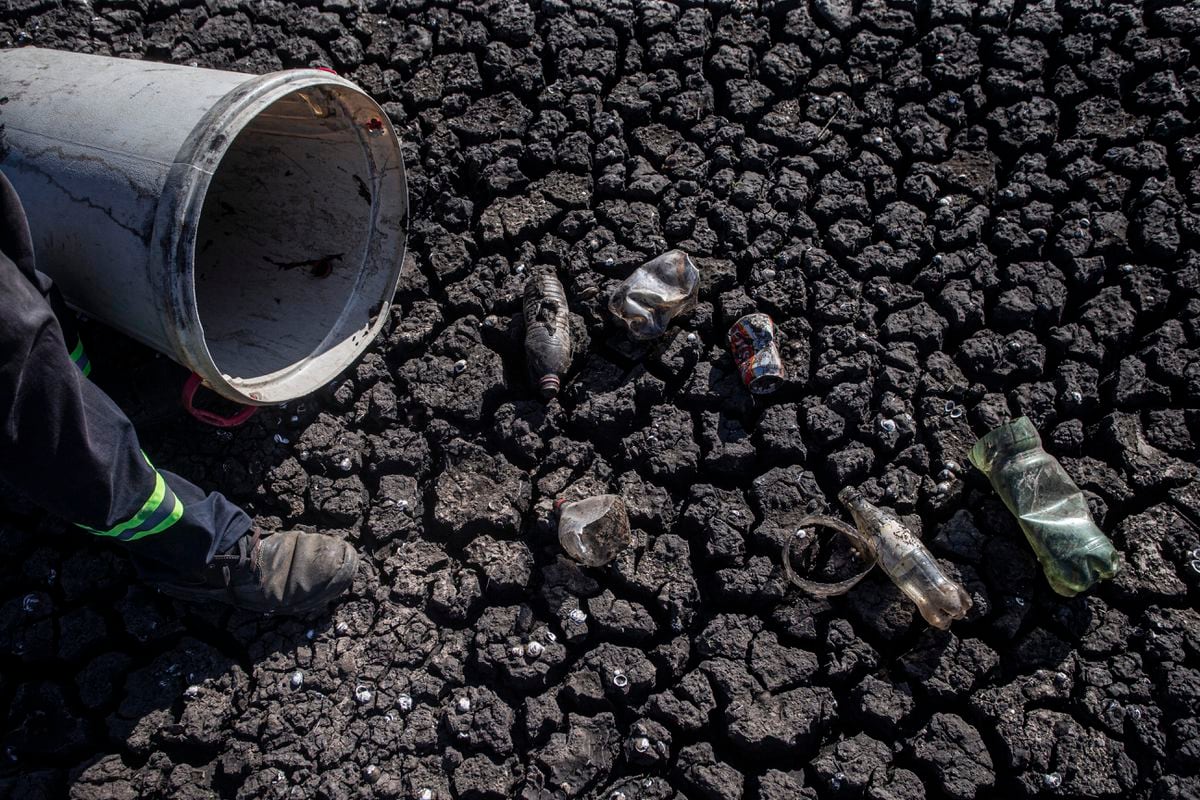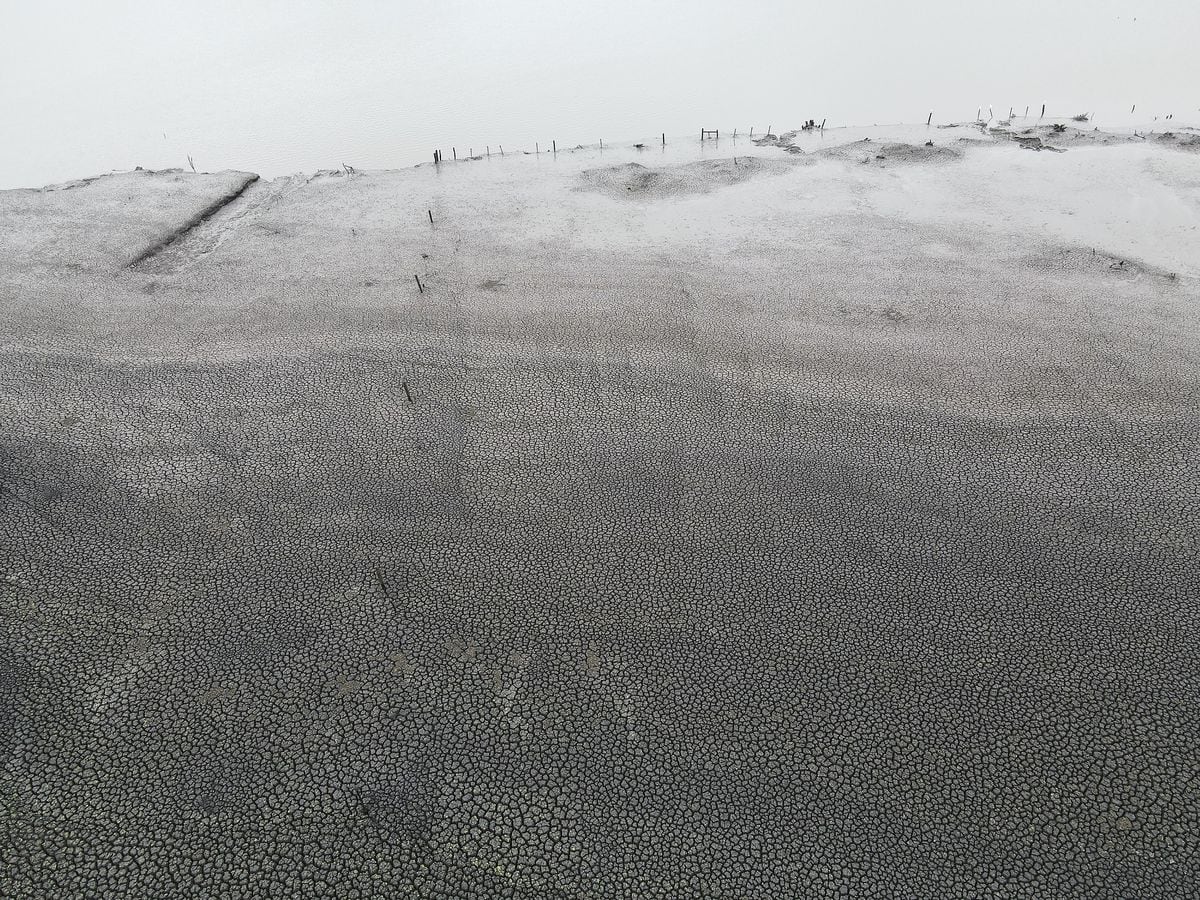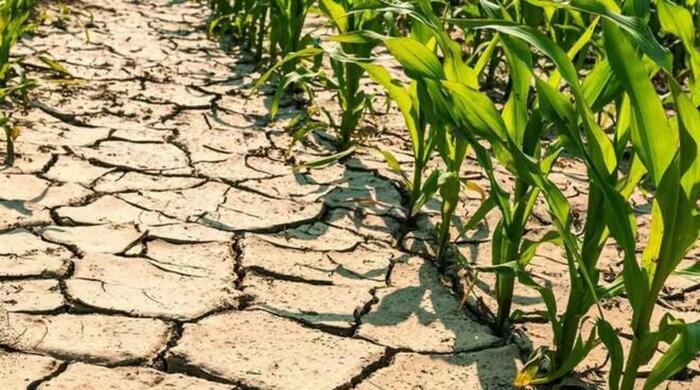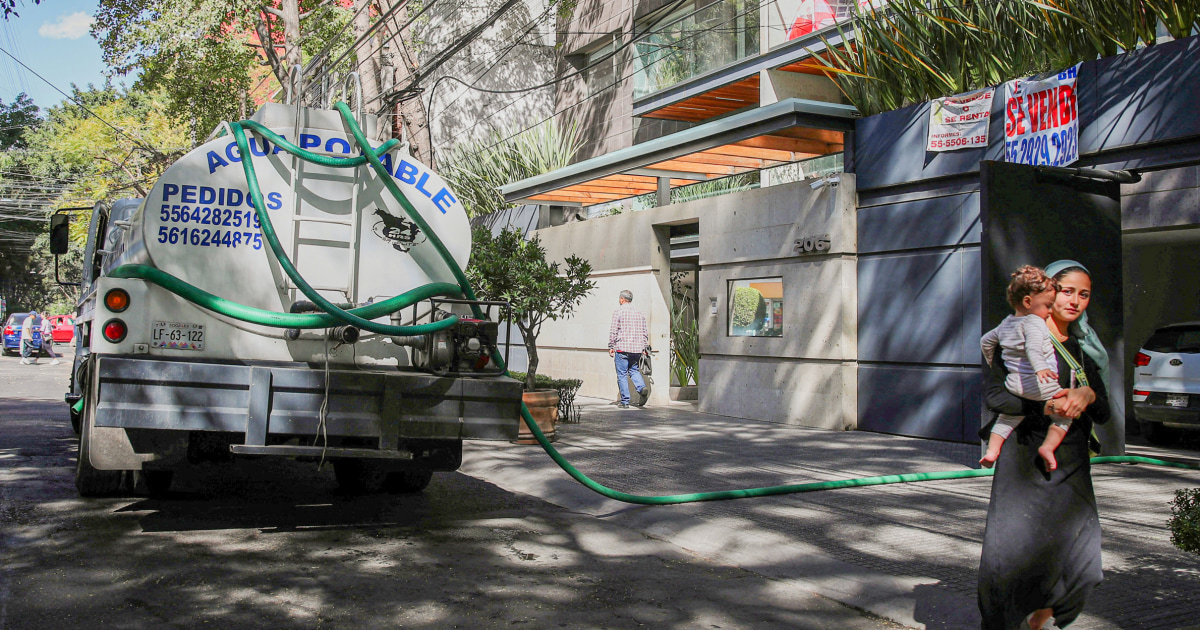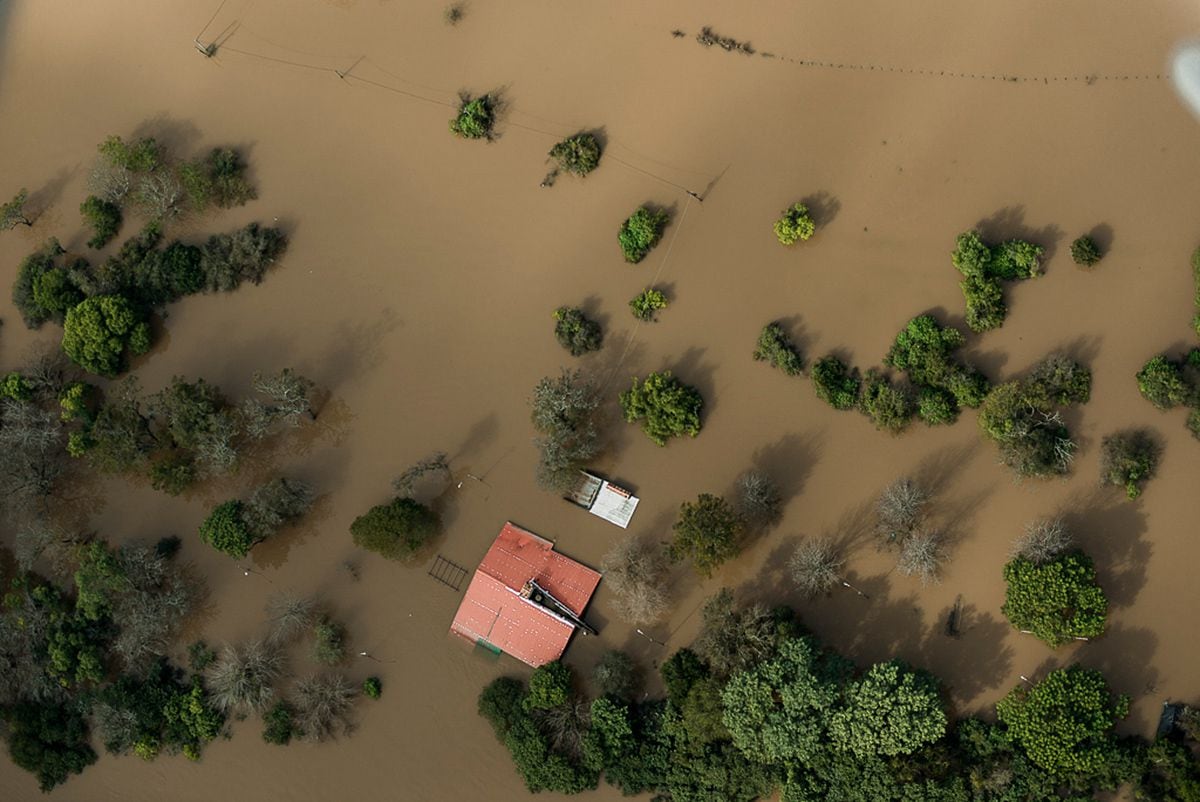In the country that borrowed its name from the Uruguay River, the inhabitants of the south today drink water with an unusual degree of salinity. Since the end of April, the running water of Montevideo and the metropolitan area (1.7 million inhabitants) has changed its composition and flavor, as a result of the water deficit that has hit the region for three years. "How salty the water is," the people of Montevideo resign everywhere. The situation is exceptional and will last at least 30 more days, the authorities clarify, if the rain necessary to rebuild the freshwater reservoirs that supply the plants of the state company Obras Sanitarias del Estado (OSE) does not fall.
The president of the entity, Raúl Montero, explained that this degree of saltiness is due to the fact that fresh waters from the Santa Lucía River basin (south of the country) are currently mixed with other salty waters that arrive from the Río de la Plata. On this basis, OSE has temporarily raised the maximum sodium allowed per liter of water, from 200 to 440 milligrams, doubling what is established in local regulations. These modifications will guarantee the service for 30 more days, although from the Government they admit that this water "is not drinkable in the perfect definition of potability". It is "drinkable" and "consumable," they insist.
"We evaluate all the risks and take the one that is lower for health," Montero said last Wednesday. Without these measures, he said, running water for consumption would have yielded two weeks and not a month. Also Wednesday, a statement from the Ministry of Health said the general population could continue to drink tap water. However, he recommended avoiding it for people with chronic kidney disease, heart failure, cirrhosis and also pregnant women.
In these days of brackish water, Uruguayans have also received the news that they can be hypertensive without knowing it and would be within the risk group that has restricted sodium consumption. "High blood pressure is a very prevalent disorder, almost 37% of Uruguayans have high blood pressure and a third of them do not know it," the Honorary Cardiovascular Commission said in a statement.
This commission considers that the increase in sodium in water represents a daily "significant contribution" of this component and recommends focusing precautions on the population group most at risk: elderly and hypertensive people. In that direction go the warnings of health authorities and other medical professionals, who ask the vulnerable population to avoid tap water and drink it bottled.
In the midst of this panorama, many Montevideans, hypertensive or suspected of being so, have had to add bottled water to the shopping list. Also the other risk groups and those who do not tolerate the salty tone of the water. There is a "generalized scare," Daniel Fernández, president of Cambadu, a center that brings together grocers and retailers, told reporters. He added that in recent days the sale of bottled water tripled, but did not consider it likely that the stock would be exhausted. "There is product, it will not be scarce, it may be missing one day in some trade," he said.
Both the national and municipal governments of Montevideo presented a series of measures to bring bottled water to the population with fewer economic resources. From the Presidency indicated that the equivalent of the cost of two liters of water per day, per person and for a month, will be guaranteed for Montevideo and Canelones (south of the country). The mayor's office of the capital, for its part, plans to deliver prescriptions for the purchase of bottled water to people who are treated in municipal polyclinics.
Criticism and the future
How is it possible that Uruguay, located on one of the largest reserves of fresh water, is going through this crisis? Why was this extreme situation reached? Questions of this type have crept into coffee talks, paid for hours of television talk shows and soothed the spirits of many Uruguayans, who these days took to the streets to protest water management. Meanwhile, the political system fails to agree on a long-term solution that manages to dodge the onslaught of climate change with relative success.
From the opposition, the Broad Front (FA-center-left) has recalled that former President Tabaré Vázquez (2015-2020) gave his successor, Luis Lacalle Pou, the Casupá Project, to build a dam that could have increased the freshwater reserve. That project, says the FA, was rejected by the Government. The current administration, for its part, is bidding among private companies for the construction of the Neptuno water treatment plant, in the south of the country, which would supply the metropolitan area from the waters of the Río de la Plata.
But Neptune has run into opposition from the workers' union of the state-owned OSE. They argue that it would violate Article 47 of the Constitution, which provides for the participation of civil society in the planning, management and control of the country's water resources. Together with environmental organizations and politicians of the FA, they consider that this plant would mean the partial delivery of the management to a private company and would not solve the supply problems due to the degree of salinity of the Rio de la Plata water.
At a press conference, union president Federico Kreimerman added: "OSE loses 40% of water due to breaks that cannot be fixed because 1,000 workers are missing. In the midst of the water crisis, staff reductions are applied." He also took aim at the FA government, which according to Kreimerman could have built the so-called Casupá dam and did not. "All previous governments have relegated investment in OSE," he said.
At the end of this atypical week, the state company OSE announced that it will build a temporary dam on the Santa Lucia River, which would be available within a week and would stretch freshwater reserves. Between uncertainty and bewilderment, Montevideans turn on the tap and point their eyes to the sky, waiting for the rain to come once and for all. According to forecasts that will happen only in June, so they will have to arm themselves with patience and jerry cans of water those who can.
Subscribe here to the newsletter of EL PAÍS América and receive all the informative keys of the current situation of the region.

